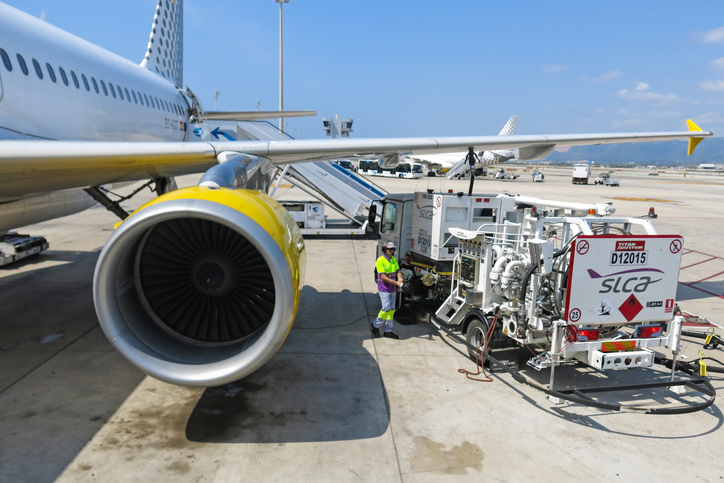Prices for jet fuel for later this year and into 2020 are expected to rise due to new marine fuel regulations – as the need for lower-sulfur fuels in ships cuts into the available supply for similar distillates like diesel or jet fuel.
However, the global abundance of light crude could help offset that. Light crudes produce a byproduct known as naphtha, normally used to make plastics, but refiners can shift their processes to use it for jet fuel production instead.
It may be necessary as air travel continues to rise, with travel between the United States and other countries reaching an all-time high in 2018, according to Airlines for America (A4A). Prices for jet fuel are forecast to increase by 10 cents a gallon in 2020 from 2019, the U.S. Energy Information Administration said in a May outlook, and airlines have been warning that International Maritime Organization (IMO) 2020 rules could hurt profits.
In January 2020, New York Harbor jet fuel’s swap price is expected at $1.86 a gallon, compared with $1.84 this month, according to data from Argus Media. That price will ease to $1.84 a gallon in January 2021.
The IMO’s 2020 rules require ships globally to use fuels with a sulfur content below 0.5% from 3.5% beginning Jan. 1, 2020. It aims to improve human health by reducing air pollution from sea-going vessels.
The heavy bunker fuel used by ships will be outlawed, and complex refineries will instead refine crude further into lower-sulfur fuels for vessels. Refiners can only make a finite amount of lower-sulfur diesel that can meet the new IMO standards, and the shipping industry must compete with the airlines for those barrels, driving up prices.
Jet fuel is a relatively small part of a refinery’s overall output, often accounting for just 10 percent of U.S. refiners’ fuel production. It is harder for refiners that process heavier crudes to easily boost jet fuel production due to operational and economic reasons, traders said, and it is more profitable to sell diesel than jet fuel.
U.S. production has soared to an all-time record of more than 12 million barrels per day (bpd), most of which is light crude. Such oil results in higher levels of naphtha, which is used for plastics and in petrochemicals production – but refiners can shift, or “swing” some of that output so that it produces incremental additional barrels of jet fuel.
U.S. refiners’ production of jet fuel rose to nearly 1.8 million bpd in the week to May 31, a record for late May, according to U.S. EIA data.
“You’re seeing higher naphtha cuts and higher jet production,” said Robert Campbell, an analyst with Energy Aspects. “Some of the heavier naphtha barrels can end up in your jet pool if they’re compliant. That’s what we think is occurring.”
Jet fuel stocks in independent storage in the Amsterdam-Rotterdam-Antwerp (ARA) refining and storage hub rose to 778,000 tonnes in May, the highest since 2017.
In quarterly earnings calls, major airlines including Southwest Airlines Co and American Airlines Group Inc said they were tracking higher fuel costs.
Industry associations including A4A said in a letter to the White House that the six largest U.S. passenger airlines expect 2019 fuel expenses to be about $2 billion higher than forecast three months ago in part because of effects from IMO 2020.







